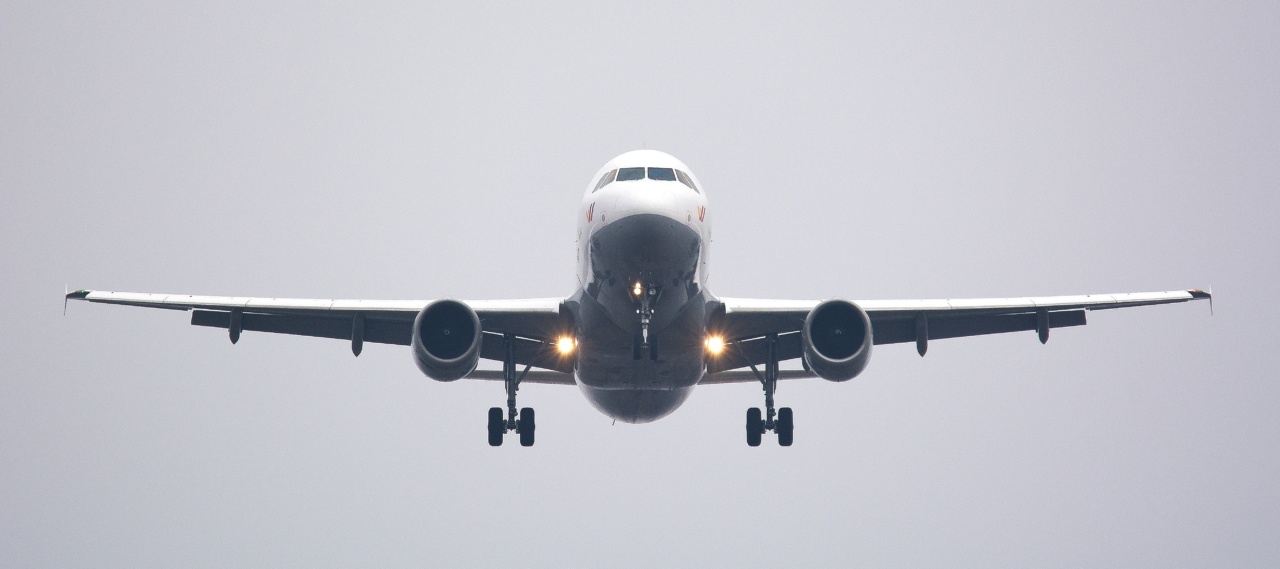Every time we step onto an airplane, we trust that the air we breathe during our flight is clean and safe.
However, recent studies and reports have started to shed light on a potential health concern known as Aerooxic Syndrome, which raises questions about the cabin air quality and its impact on passengers and crew members. In this article, we will delve into the truth behind airline air and explore the risks associated with Aerooxic Syndrome.
What is Aerooxic Syndrome?
Aerooxic Syndrome is a term used to describe the health effects that may arise due to exposure to poor cabin air quality during flights.
It is believed to be caused by a combination of factors, including the presence of engine lubricants, hydraulic fluids, and other chemicals in the air circulation system of an aircraft.
The Airplane Air Circulation System
To understand how Aerooxic Syndrome can occur, we need to take a closer look at the airplane’s air circulation system. Most modern commercial aircraft use a system called the bleed air system.
This system takes a portion of the compressed air produced by the engines and redirects it to pressurize and ventilate the cabin. However, this air can become contaminated with various chemicals if there is an issue with the engine seals or filters.
Potential Health Risks
Aerooxic Syndrome can lead to a range of health issues, although the exact mechanisms are still being studied. Some of the potential risks associated with poor cabin air quality include:.
1. Respiratory Problems
Poor cabin air quality may cause respiratory discomfort, such as dryness or irritation of the nose, throat, and eyes. People with pre-existing respiratory conditions may experience exacerbated symptoms during or after flying.
2. Neurological Symptoms
Exposure to certain chemicals present in the airplane air may result in neurological symptoms such as headaches, dizziness, and difficulty concentrating.
These symptoms may subside after the flight or persist, depending on the individual’s sensitivity and exposure level.
3. Fatigue and Cognitive Performance
Poor air quality on long flights can contribute to fatigue and decreased cognitive performance. This can be especially concerning for pilots and cabin crew who are responsible for the safety of the passengers.
4. Allergic Reactions
Some individuals may be allergic to certain chemicals or substances present in the airplane air. These allergic reactions can range from mild to severe and may include symptoms such as skin rash, itching, or difficulty breathing.
5. Chemical Sensitivities
Repeated exposure to contaminants in the airplane air can lead to the development of chemical sensitivities. This means that individuals may become more sensitive to certain chemicals and experience adverse reactions even at lower exposure levels.
6. Long-Term Risks
While the immediate effects of poor cabin air quality are a major concern, the potential long-term risks are also being investigated.
Researchers are studying the possible links between Aerooxic Syndrome and chronic conditions such as respiratory diseases, neurological disorders, and cardiovascular problems.
Protecting Yourself During Flights
While the aviation industry acknowledges the existence of Aerooxic Syndrome, more research and awareness are needed to fully understand the extent of the issue and develop effective preventive measures.
In the meantime, here are some steps you can take to protect yourself during flights:.
1. Stay Hydrated
Drinking plenty of water during the flight helps keep your body hydrated and minimizes the discomfort caused by dry cabin air. Avoid excessive alcohol or caffeine consumption, as they can further dehydrate you.
2. Use a Face Mask
Wearing a face mask can help filter out some of the airborne particles and contaminants. Choose a mask certified for particle filtration, such as N95 or equivalent, for optimal protection.
3. Optimize Your Seat Location
Choose a seat near the front or exit rows, as these areas may have better airflow and ventilation. Avoid sitting near the galley, lavatories, or smoking areas, as these can be potential sources of odor and airborne contaminants.
4. Enhance Natural Immunity
Prioritize a healthy lifestyle, including a balanced diet, regular exercise, and sufficient rest, to strengthen your immune system. A robust immune system can help minimize the impact of potential contaminants on your health.
5. Report Any Symptoms
If you experience any unusual symptoms during or after a flight, promptly report them to the airline and seek medical attention if needed. This can help in tracking and investigating potential cases of Aerooxic Syndrome.
The Future of Airline Air
As more scientific studies shed light on Aerooxic Syndrome and its potential risks, the aviation industry is taking steps to improve cabin air quality.
Some aircraft manufacturers are exploring alternative air circulation systems, such as electric compressors, to minimize the use of engine air. Additionally, advancements in filter technologies are being developed to further enhance air quality onboard.
However, addressing the issue of poor cabin air quality requires cooperative efforts from airlines, aircraft manufacturers, regulators, and passengers alike.
By staying informed and advocating for better air quality standards, we can contribute to a safer and healthier flying experience for everyone.






























